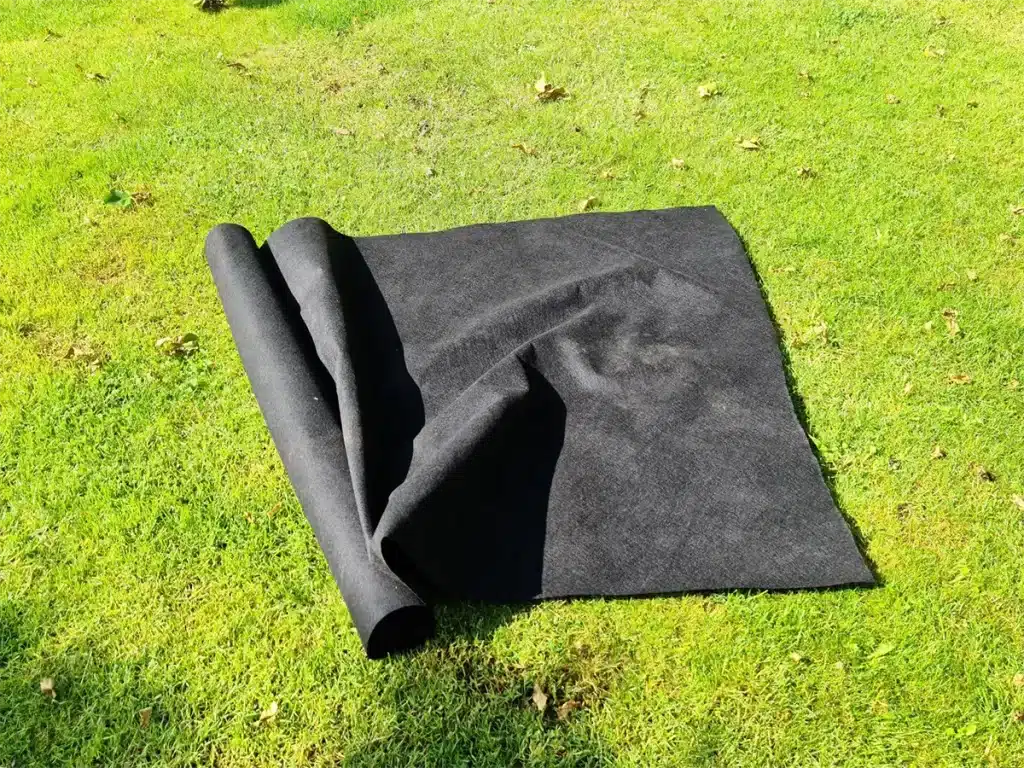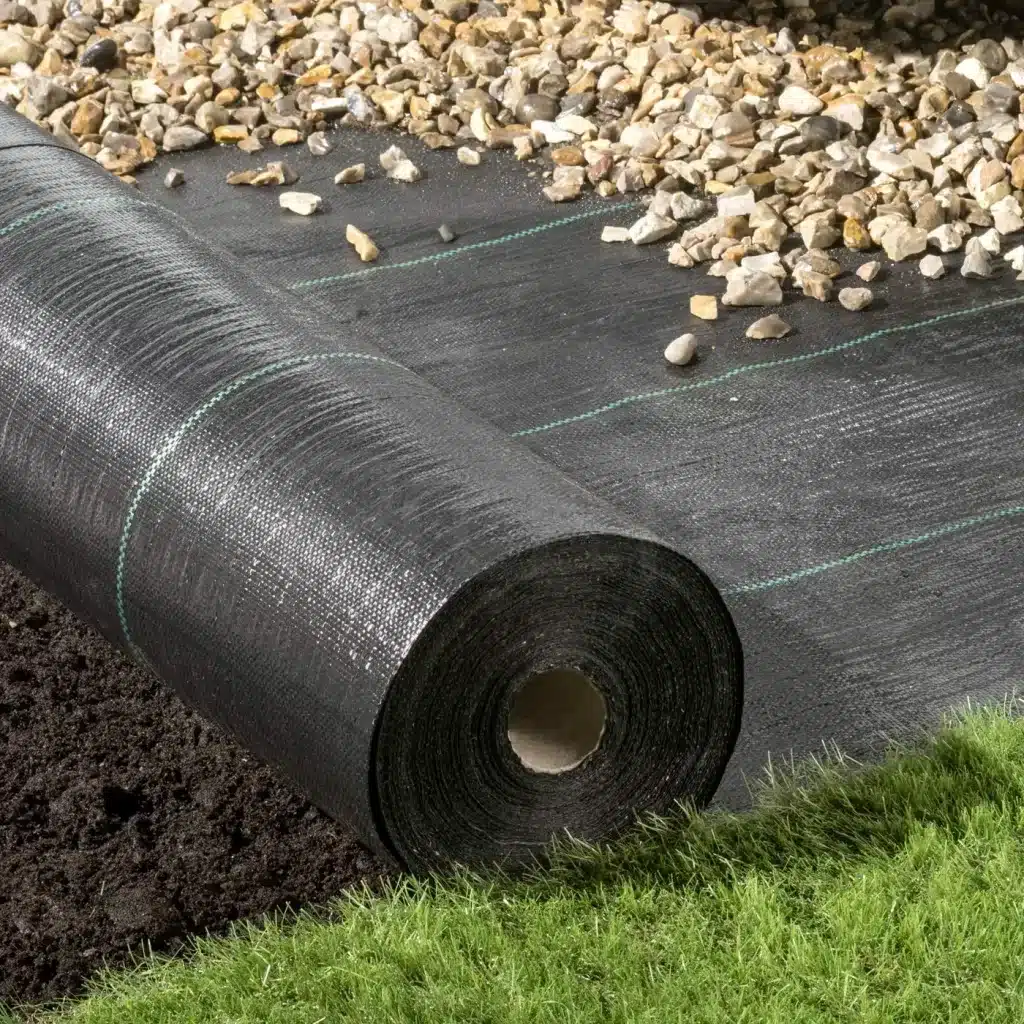+86-159 9860 6917
info@geofantex.com
geofantex@gmail.com
+86-400-8266163-44899
Heavy-Duty Landscape Fabric
In a designed landscape, various landscaping materials are used for different purposes. When it comes to preventing weeds, choosing a commercial-grade heavy-duty landscape fabric is essential for effective weed reduction and prevention.
Non-Ideal Materials to Steer Clear Of
- Many gardeners initially try “economy” solutions to weed control, both natural and unnatural. One natural option is using different types of natural mulches. Organic mulches will eventually decompose and increase in volume once in contact with soil, creating a fertile bed for weeds.
- Crushed stones, an inorganic mulch, will not decompose but can quickly work their way into the soil. They draw enormous heat and are difficult to clean up.
- Black plastic, similar to crushed stone, will not decompose and is easier to clean up. However, like crushed stone, it also draws enormous heat and prevents air, nutrients, and water from reaching the soil, causing problems when planting in the area.

Landscape Fabrics
- Unlike black plastic, landscape fabrics allow air, nutrients, and water to penetrate while serving as a clean, durable weed barrier. If organic mulch is placed over landscape fabric, it will break down much slower than if placed directly onto the soil.
- For areas larger than the landscape fabric, use multiple sheets to cover the area by placing them adjacent to each other and overlapping. Without overlapping, weeds can sprout through the seams. Manufacturers recommend overlapping by 3 inches, but for better results, increase the overlap to 6 inches.
- When installing the fabric, ensure the shiny side faces up. Pin it down or use heavy objects to hold it in place on windy days to prevent it from blowing away. Landscape fabric pins can be inserted to secure it.
Landscaping Pins
Do not use too many pins; once you place mulch over the fabric, the weight will hold it down. Place pins every ten feet along the edges and overlapping seams. After placing the mulch, use a steel rake to spread it evenly.
Once the Weed Barrier Is in Place
Once your barrier is firmly in place, it’s time for planting. Make incisions in the barrier to place your plants. Avoid making large incisions or cutting huge circles out of the fabric. Follow these steps for proper incisions:
- Keep the incisions small.
- Make x-shaped cuts in the fabric instead of cutting out sections.
Installation of Plants Through the Landscape Fabric
- This area of the fabric is a planting bed, and you’ll be glad you took the time and effort to control weeds. By ensuring weeds won’t overtake the area, you’ve saved yourself a lot of unwanted hard work.
- With the x-shaped incision, you’ll have created four flaps. Separate the flaps to access the soil for planting. Have a container or wheelbarrow nearby instead of shoveling soil onto the landscape fabric. The less soil on top of the fabric, the fewer weeds will germinate.
- Once you’ve dug a small hole, place your plant, add soil around it, and tamp down to eliminate air pockets. After planting, snugly place the four flaps of cut fabric against the base of your plant to avoid gaps that could lead to weeds. Finally, apply a new layer of mulch, keeping it away from the base of the plant to prevent diseases and pests.
Common Mistakes
- Landscaping fabric is one of the best ways to reduce weeds that can harm your garden plants. However, it’s not 100% weed-resistant.
- A common mistake is cutting the fabric too short. To get the perfect size, lay the fabric over the area you’ll use and cut it slightly larger than needed.
- Ensure your fabric is pinned or staked in place; high winds can carry it away. Remember that ground conditions can cause the fabric to move. Freezing and thawing can tear the fabric, leading to weeds, slugs, and other insects invading your garden.
- Don’t lay down too much mulch, as it can prevent plant roots from getting proper nutrients, air, and water. Weeds don’t need much mulch to start growing, so only apply a 2 to 3-inch layer.
Landscaping technology has advanced significantly, and landscaping fabric is an excellent choice for preventing weeds, diseases, and pests. Unlike black plastic, landscape fabric is porous, allowing air, water, and nutrients to reach the soil and feed your plant’s roots.



Get Free Sample
We’ll respond as soon as possible(within 12 hours)






















